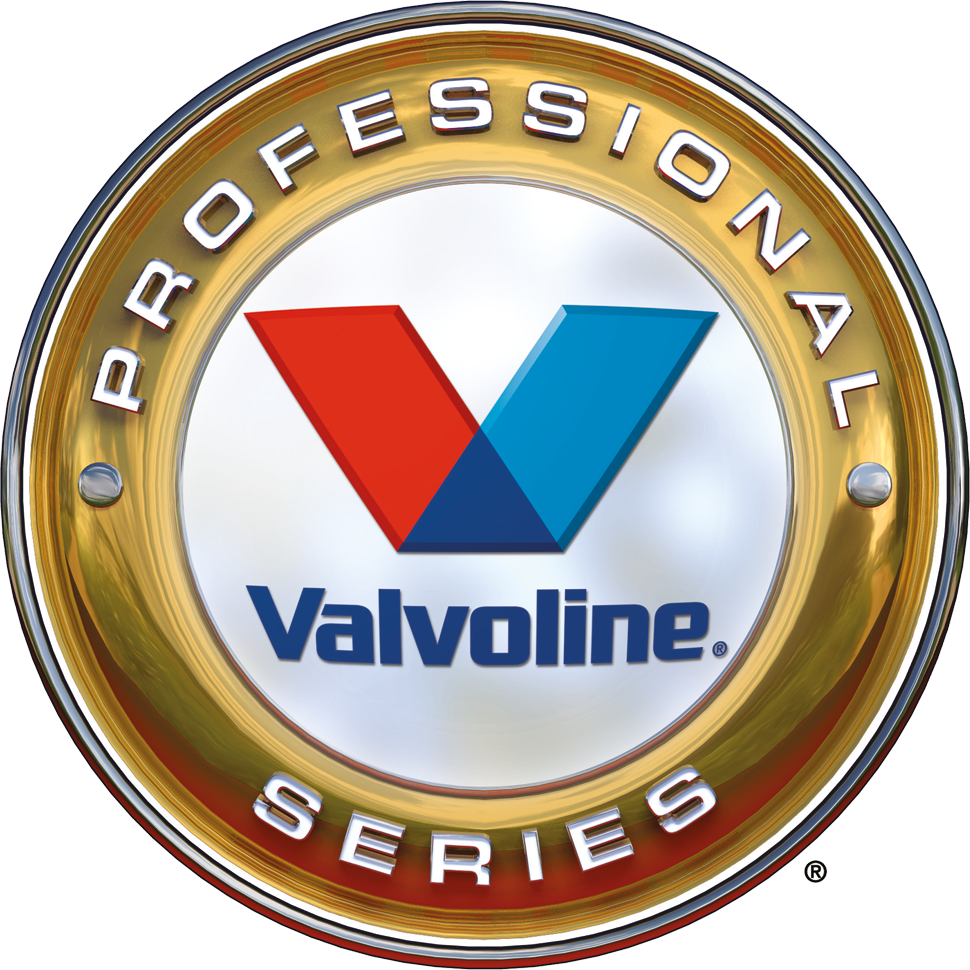Tire pressure
Incorrect tire pressure can have serious safety consequences.
Under-inflated tire
An under-inflated tire can result in unstable vehicle handling, and may even overheat and explode. Driving with an under-inflated tire will also reduce the tire’s life expectancy and increase the vehicle’s fuel consumption.
Overinflated tires
When tires are overinflated, only the centre strip of the tire meets the road surface. Since surface contact is reduced, the tire’s grip on the road is weaker. Of course this causes road handling problems—the vehicle will respond differently to direction changes and is harder to stop.
As well as making driving rougher, high tire pressure causes more wear on the steering and suspension parts and cuts down on a tire’s useful lifespan.
Recommended pressure
CAA-Quebec therefore recommends that you check the air pressure in your tires -or have it checked- every month, and always follow the recommended pressure provided by the vehicle manufacturer. The job is easily performed with a tire pressure gauge, and takes just a few minutes. Gauges are available in any big-box store at prices varying between $5 and $40.
Check the recommended tire pressure label, usually found on one of the vehicle doorframes, in the glove compartment, on the fuel tank access door or in the owner’s manual. Following the recommended pressure is important because the manufacturer of your vehicle has determined that at a given pressure—taking into account vehicle weight and other characteristics—stability, road handling, load capacity and fuel consumption will be optimal.
Doing the job right
Tire pressure must be checked when the tires are “cold”, that is, when the vehicle has not been driven, or has been driven only a few kilometres. An incorrect reading may result if the tires have been heated by the friction created by contact with the road surface.
- There should be a cap on the tire’s inflation valve. Remove it.
- Place the gauge on top of the valve and press firmly. If the gauge is incorrectly positioned, you will probably hear air escaping. If it is held correctly in place, you will be able to read the tire’s air pressure on the stem of the gauge (or on its display, if you are using a digital model).
- Check that the pressure indicated by the gauge matches the recommended pressure. If it is too low, you must inflate the tire. Use a compressor if you have one; otherwise, use a public pump, which can be found at most gas stations. If your tires are inflated with nitrogen, make sure you use nitrogen and not air (except in a emergency), otherwise you will lose the benefits that nitrogen provides. You may also find that one or more tires are over-inflated; in this case, simply use the appropriate device on the gauge, usually a small built-in stem, to push down on the valve spring and release the surplus air.
- Don’t forget to also check the air pressure in your vehicle’s spare tire.
© CAA-Quebec
https://www.caaquebec.com/nc/en/on-the-road/advice/tips-and-tricks/tip-and-trick/show/sujet/tire-pressure/


